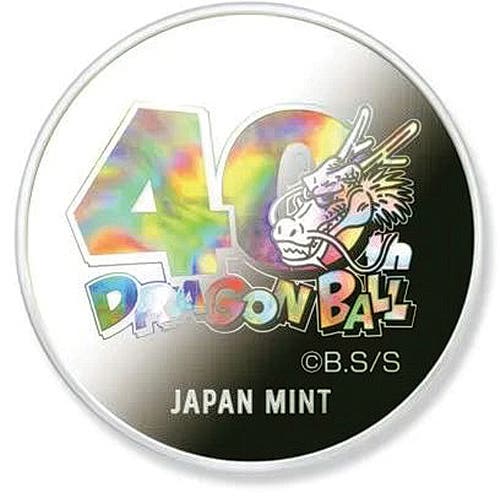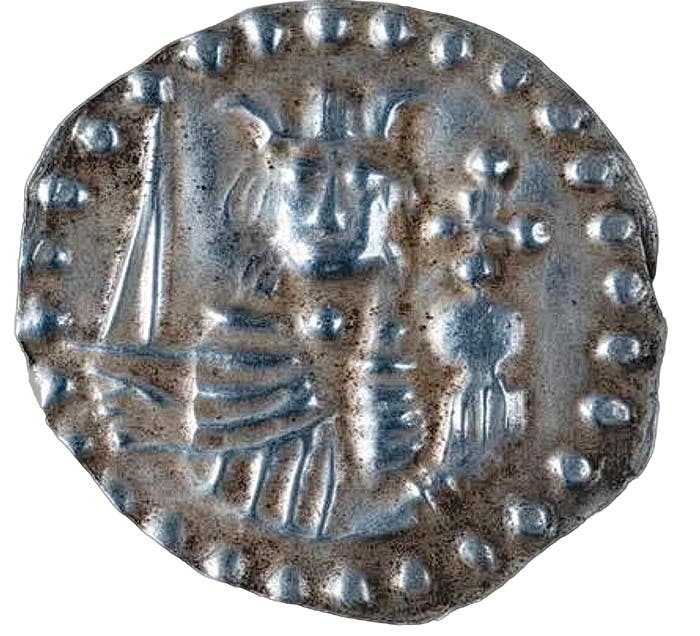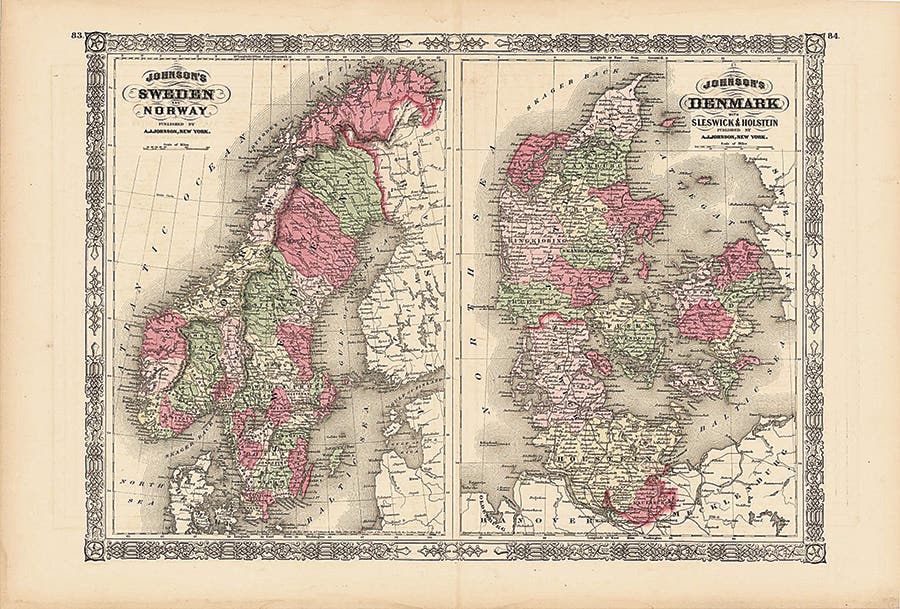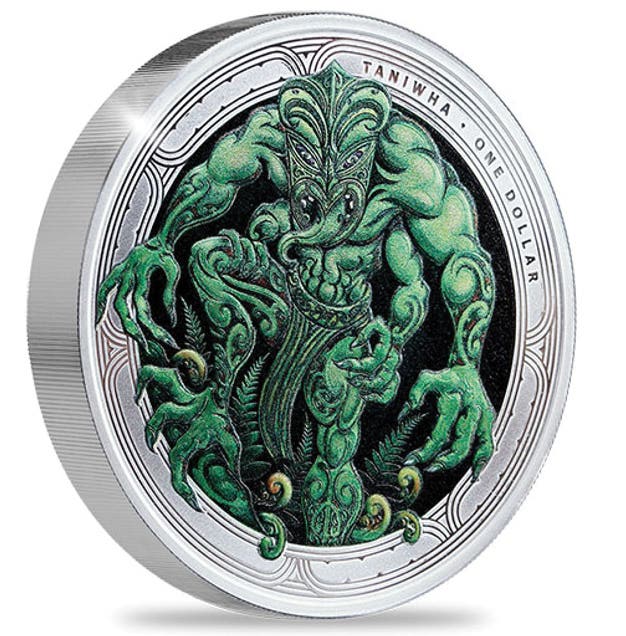Jefferson nickels worth searching
By Ginger Rapsus Jefferson nickels make up the only set that can possibly be collected out of circulation. After nearly 80 years, they are still going strong, with healthy mintages….
By Ginger Rapsus
Jefferson nickels make up the only set that can possibly be collected out of circulation. After nearly 80 years, they are still going strong, with healthy mintages. Such a big set can be collected by year, by date and mintmark, by variety, or all of the above. Every date can still be found with some searching, even the silver wartime issues.
When I began collecting in the 1960s, it was very possible to complete a set from circulation, and it did not take long. The odds were greater of finding silver and earlier dates. Many war nickels circulated, and stood out with their large mintmark above Monticello, and their overall scruffy greenish discolored appearance. Take a handful of nickels, and the war nickels would stand out. They were worth saving, even if a collector was not assembling a set of nickels. War nickels contained 35 percent silver.
During a family trip to Washington, D.C., I found war nickels at the rate of at least two per day. I put together a near-complete set just from nickels found on the trip. The 1943-D did not turn up, and I never did find any in change. Ten of the 11 war nickels were found, and duplicates of the 1942-P and 1943-P. The 1944-P and 1945-P also turned up with some regularity.
Recently I found two war nickels in change, so they’re still out there. Silver bugs who look for old silver coins look at dimes and quarters, neglecting the war nickels.
The 1950-D is, of course, the most famous and desired issue of the Jefferson series. With a low mintage of 2,630,030, this coin was saved and hoarded almost from the beginning. Most collectors had to buy one to complete their sets, and this coin would always be Brilliant Uncirculated.
My Jefferson nickel set was near completion when I visited an ice cream shop and got a 1950-D nickel in change. I was surprised to see the 1950 date, as the P-mint was not often seen in my area either. And then I flipped it over and saw that “D” mintmark. What a find! I had located one of the true rarities, a circulated 1950-D nickel.
The Jefferson nickel set has never been number one on the collecting hit parade, which may work to a collector’s advantage. If most people, even numismatists, don’t bother to look at their nickels, you could pick up a good coin that has slipped through everyone else’s fingers.
Many early Jeffersons are still out there, waiting to be found. The first year of issue, 1938, was not widely saved and was not all that popular, as it took the place of the all-American Buffalo nickel. When I began collecting, I found quite a few nickels of 1938 and 1939. These still turn up, but not as often as when I was young.
The only Jefferson I did not find in change, besides the 1943-D, was the 1939-D, a coin with a relatively low mintage. I did find a pretty 1939-S. Perhaps this coin was spent when someone opened a piggy bank or an old purse, as it showed luster and some green toning.
Throughout the life of the series, Jefferson nickels were struck at Philadelphia, Denver and San Francisco. Although S-mint coins were not often seen in my area, one would show up here and there. There were so many dates and mintmarks that finding one of each was a matter of time and patience. Looking through every piece of change that comes your way, and perhaps getting rolls of nickels from the bank, can yield results.
Searching through many rolls of nickels can yield surprising results. Besides war nickels, some collector-only issues can turn up. Earlier dated nickels can be found in really nice condition for their age, if someone emptied out an old bank, purse or even album. Some nickels have toned, in lovely shades of deep blue or gun-metal gray. I’ve seen toned war nickels, in pale colors, pink, green and yellow. A dedicated collector may study the details present on their coins, the steps on Monticello, and select better coins for a set.
Beginning in 1968, the San Francisco Mint struck proof nickels. These are not likely to show up in change, but some have been found. There were also “special uncirculated” coins in 1994 and 1997. These special coins are similar to matte proofs, with their strong strikes and clean surfaces. The difference is obvious when comparing the special strikes to run-of-the-mill circulation coins. I’ve heard many stories of proof coins turning up in change or in rolls, maybe some older coins or a Special Mint Set coin of 1965-1967.
Perhaps the real fun in roll searching comes when a scarce variety or an error coin is found. Most people, even many collectors, pay no attention to possible varieties. Jefferson nickels are a common, modern series. Collectors who desire older coins, silver coins, or coins in super Mint State don’t bother with everyday nickels. Their loss can be your gain.
Some 1939-P nickels show doubling on Monticello and the words “five cents.” There is a 1945-P doubled-die reverse. There are overdates, notably the 1943/2, and over-mintmarks throughout the series. The 1949-D/S is worth a nice premium. The 1954-S/D and 1955-D/S are also scarce varieties, that are worth a lot more than five cents. Perhaps the next scarce variety can be yours to discover. No one can know with exact certainty how many error coins, overdates, or doubled dies were minted.
Get out your trusty "Red Book" and check out some of the mintage figures of regular issue nickels. By modern standards, the 1951-S and 1955-P have low mintages.
Type collectors, look for the different portraits of Jefferson, and for the Westward Journey nickels. Although recently issued, in 2004 and 2005, I haven’t found that many Westward Journey nickels in the past few years, especially the Peace Medal design.
Jefferson nickels are modern coins, common by numismatic standards, but can be fun to collect the old-fashioned way. Searching for complete sets or varieties can be a great way to get back to basics and maybe discover a new error coin or two.
This article was originally printed in Numismatic News. >> Subscribe today.
• Subscribe to our monthly Coins magazine - a great resource for any collector!
As an Amazon Associate, Numismaticnews.net earns from qualifying purchases made through affiliate links.









